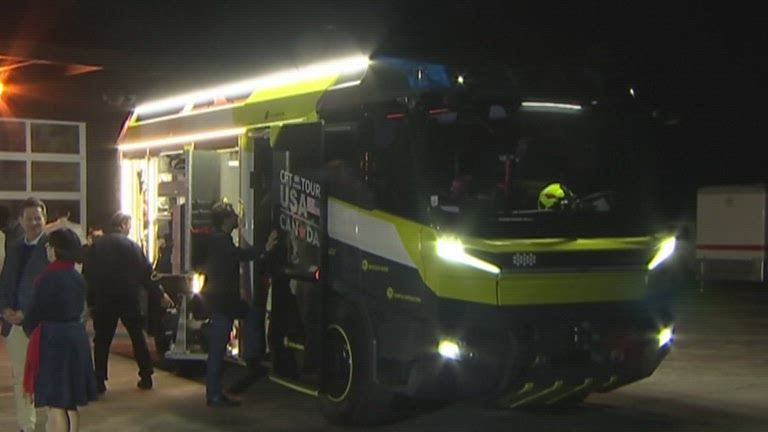AI is being used to attract applicants and to predict a candidate’s fit for a position. But is it up to the task?



Calling all radio amateurs! We’re challenging anyone with amateur radio equipment to catch the first signals from #OPS –SAT, ESA’s brand new space software lab. On 17 December, OPS-SAT will be launched into space with ESA’s #Cheops exoplanet satellite.
Once launched, the satellite will deploy its solar panels and ultra-high frequency antenna, and then start to send signals back home. Could you be the first on Earth to catch them? ESA’s mission control team in Darmstadt are asking for your help to find the fledgling #CubeSat 👉 http://www.esa.int/Enabling_Support/Operations/Calling_radio…nd_OPS-SAT


Elon Musk has revived his idea to power the entire U.S. with one single, giant solar farm. In a recent tweet evidently directed at fellow mega-billionaire Bill Gates, Musk insinuated that his grand solar plan is actually quite simple (hat-tip to Inverse):

MENLO PARK, Calif. (KYMA, KSWT, KECY/NBC News) — In the future, California firefighters may battle blazes with all-electric engines.
On Thursday, the world’s first all-electric fire truck made a stop at a fire station in Menlo Park.
This vehicle is one of a kind. It looks, and functions, differently than any other fire truck currently on the streets. It also smells different, and Chief Harold Schapelhouman says that’s a good thing.


There are only two northern white rhinos left worldwide, both of them female. Saving this representative of megafauna from extinction seems impossible under these circumstances, yet an international consortium of scientists and conservationists just completed a procedure that could enable assisted reproduction techniques to do just that. On August 22, 2019, a team of veterinarians successfully harvested eggs from the two females who live in Ol Pejeta Conservancy in Kenya — a procedure that has never been attempted in northern white rhinos before. The eggs will now be artificially inseminated with frozen sperm from a northern white rhino bull, and in the near future the embryo will be transferred to a southern white rhino surrogate mother. The successful procedure was a joint effort by the Leibniz Institute for Zoo and Wildlife Research (Leibniz-IZW) Berlin, Avantea, Dvur Kralove Zoo, Ol Pejeta Conservancy and the Kenya Wildlife Service (KWS).
With neither Najin and Fatu, the two northern white rhino females, able to carry a pregnancy, the future of the northern white rhino now rests solely on pioneering artificial reproduction techniques. The successful harvesting of their eggs means that scientists are one step closer to being able to save the northern white rhino from complete extinction.
The procedure was the result of years of research, development, adjustments and practice. “Both the technique and the equipment had to be developed entirely from scratch,” says Prof. Thomas Hildebrandt from Leibniz-IZW and Dr. David Ndeereh from the Kenya Wildlife Service (KWS), who headed the procedure. “We were able to harvest a total of 10 oocytes — 5 from Najin and 5 from Fatu — showing that both females can still provide eggs and thus help to save these magnificent creatures.”
